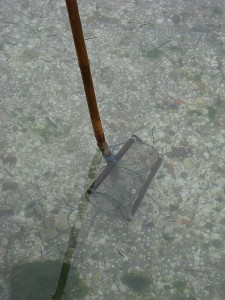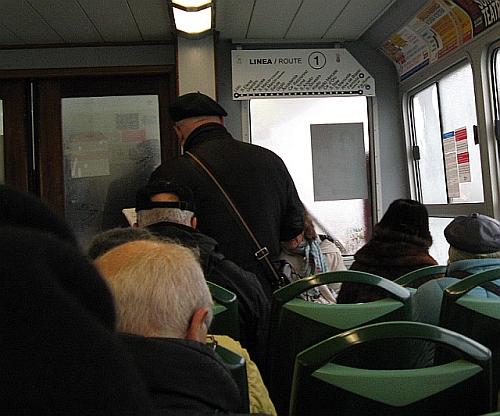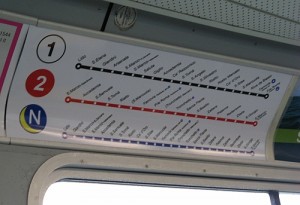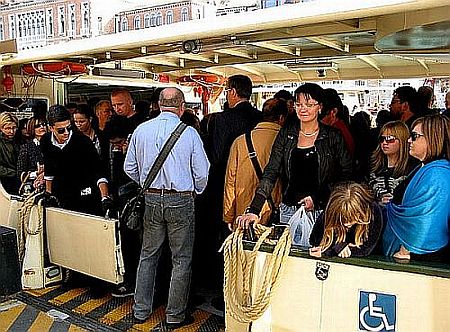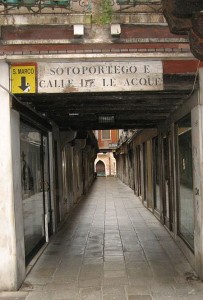It’s not exactly the swallows returning to Capistrano, but a few mornings ago saw the arrival of a modestly historic moment in the calendar: The amusement park began to set up shop.

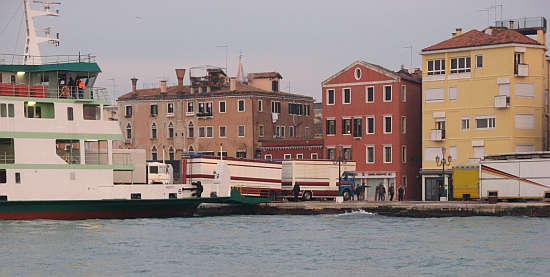
The rides and games, not to mention the stands selling cotton candy, fried dough slathered with nutritional hot-air balloons such as Nutella, caramelized peanuts, and anything else that can emit a powerful odor of imminent obesity, started to disembark, all folded up inside the trucks, on the Riva dei Sette Martiri at the head of via Garibaldi. They will be open for business on Saturday and will remain until the end of Big Famous Bloated Carnival, which this year will be March 8.
Just to avert any possible misunderstanding, BFB Carnival is known here as, well, Carnival, or if you prefer, Carnevale. This little county-fair assortment of playthings is generically called a “Luna Park.” Probably after an Ur-version somewhere bearing that name which I have been unable to identify. It’s no competition for Coney Island or the Prater in Vienna but as everyone knows, available space in Venice is calculated in millimeters.
Till last year, this annual event was set up on the Riva degli Schiavoni between the Arsenal and the next canal on the way to San Marco. But the residents’ complaints about noise, confusion, smells, and garbage finally overrode the carny-people’s desire to be as close to the center of the touristic hurricane as possible.

So last year they were moved just a little bit downstream, to an area beyond the invisible demarcation line separating Tourist Motherlode and Just Somewhere Else in Venice. Hence we now have residents here in this new strip of space that are just as unhappy as their predecessors were over the way, plus unhappy carny-people because they’re missing out, they believe, on loads of business.
They probably have a point (and they ought to know, considering that they’re the ones standing out there in the freezing cold for hours waiting for customers). Whatever their dreams may be of cashing in on the typical tourists, my impression is that this amusement park is frequented almost exclusively by locals.
Which means: Parents and grandparents with small children, and shoals of bored teenagers who will go anywhere in any weather as long as they can hang out with each other and not be home. Of course weekends are the prime moments, but the stands are open every day from mid-afternoon till about 8:00 PM, even though there are few things on earth as unappealing as an amusement park in the middle of a weekday afternoon. The magic of this extraordinary collection of stuff and stimulation, at least for people over ten years old, is that it happens in the dark under glowing, flashing lights. Otherwise this wonderland is just Norma Desmond before her coffee, so to speak, even if it is in the most beautiful city in the world.
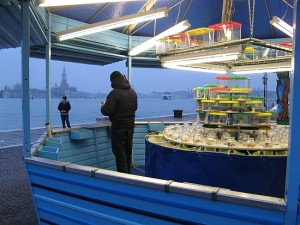
In any case, next year, if the plan is fulfilled, they will move to yet another location, at Tronchetto. This will have the advantage of offering more space, and will solve the problem of irritating the locals with the noise, etc., because there are no locals. I have deep doubts that they will make anything like the money they do here, because Tronchetto is about as convenient to everybody in the city, tourists as well as Venetians, as Whitehorse, Yukon Territory.
I’ll be sorry to see them move away, because no matter how funky it may be, this Luna Park does a lot to sparkle up the winter atmosphere, at least in a neighborhood like ours where the minute you go out the door you run into the same old people doing the same old things making the same old comments. I can tell you that it’s as much fun to watch all the goings-on as it is to participate (I speak as a veteran of the kiddies’ roller-coaster, who last year appalled and offended the two little girls in the car ahead of me not only because I’m an adult but because I screamed on the turns. One of them turned around and asked me scornfully, “Aren’t you a little old to be on this?” This made me laugh, which by the look on her face was not her intention).
Correct answer: Of course I am. So sue me.
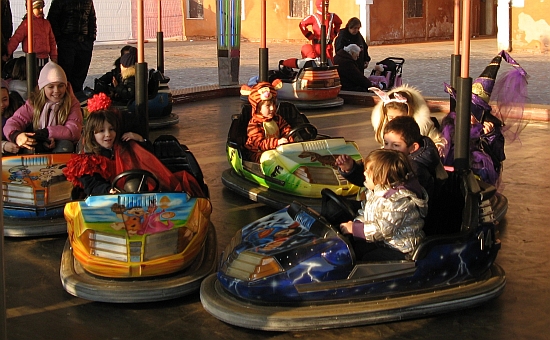
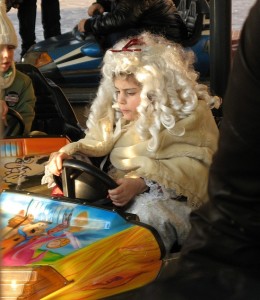
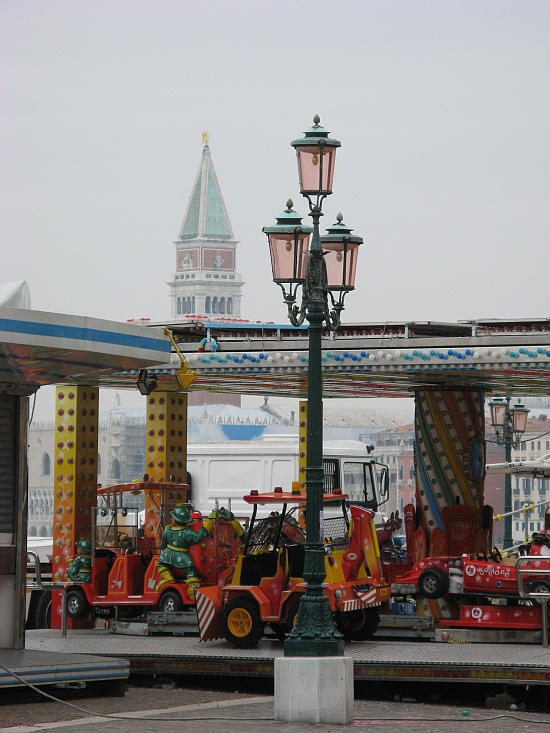


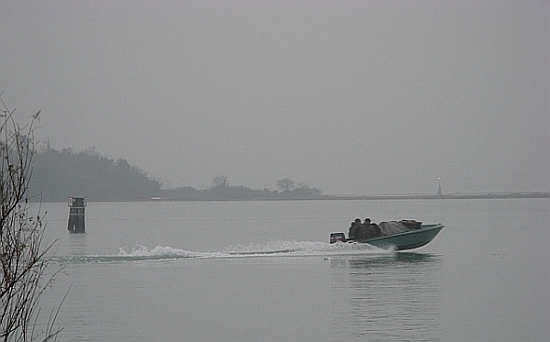
![IMG_3549 What we discovered amid the debris ashore was this treasure, a "cheba da go" [KEH-ba da GO] which had gone adrift. "Go" is the Venetian name of a type of lagoon fish technically named a goby, and this piece of equipment is still, well, ready to go. Finders keepers.](https://iamnotmakingthisup.net/wp-content/uploads/2010/12/IMG_35491-300x225.jpg) These are what I think of as the mother-of-pearl days, when the sky and water share a nacreous, faintly gleaming quality and the air is almost still. Days like this are the Japanese tea ceremony, Bach’s unaccompanied cello suites, of weather. Normal people looking out the window feel an urge to make hot cocoa and lie on the sofa. I can’t wait to get out.
These are what I think of as the mother-of-pearl days, when the sky and water share a nacreous, faintly gleaming quality and the air is almost still. Days like this are the Japanese tea ceremony, Bach’s unaccompanied cello suites, of weather. Normal people looking out the window feel an urge to make hot cocoa and lie on the sofa. I can’t wait to get out.